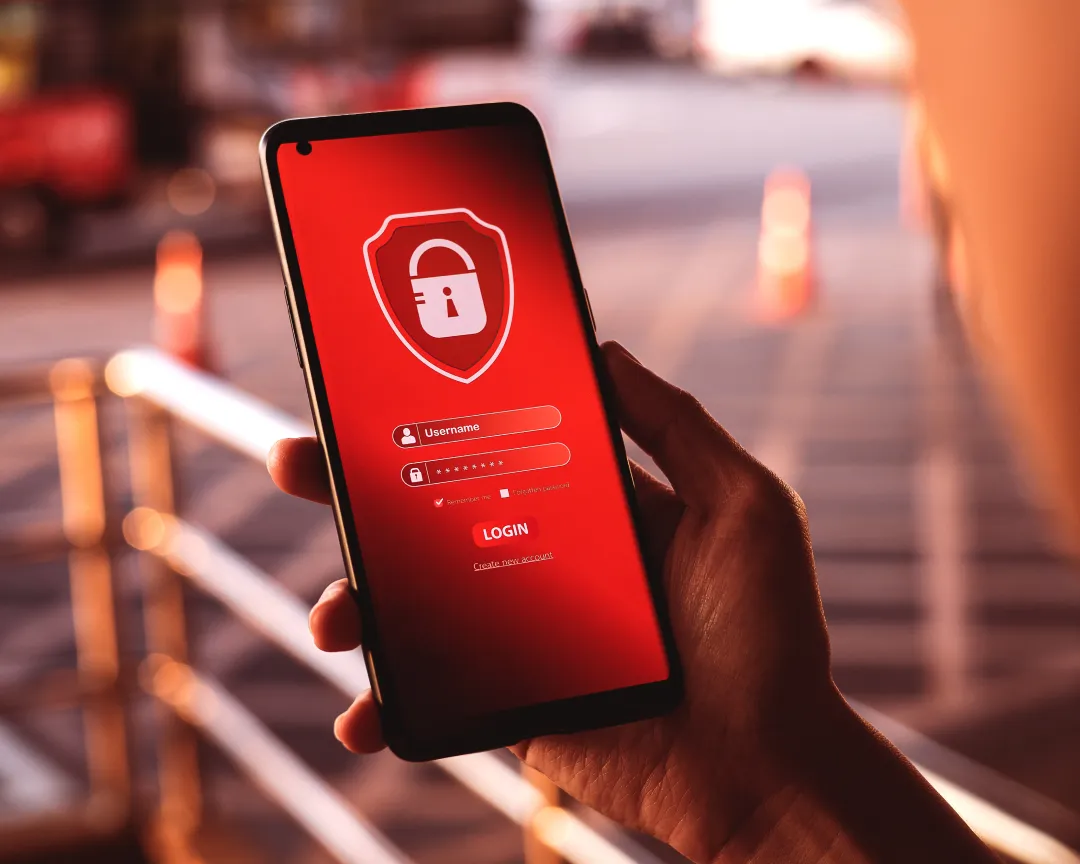.svg)
Your phone number was never meant to be a key to your life. Yet that’s exactly what it’s become.
And attackers have figured it out.
One of the most effective and increasingly common methods used by cybercriminals today is the SIM swapping attack. It’s deceptively low-tech. It doesn’t require elite hacking skills. It just requires social engineering, a bit of timing, and a flaw in how most carriers handle identity verification.
What Is a SIM Swapping Attack?
At its core, a SIM swapping attack involves a criminal convincing a mobile carrier to transfer a victim’s phone number to a new SIM card—one that the attacker controls. Once the swap is successful, every call, every text message, every two-factor authentication code that would’ve gone to the rightful owner… now goes to the attacker.
And with that, they’re in email, bank accounts, crypto wallets, and cloud storage. Anything that uses SMS-based two-factor authentication (2FA) becomes fair game.
The Growing Threat
This isn’t theoretical.
In 2024, the FBI’s Internet Crime Complaint Center (IC3) received 982 complaints related specifically to SIM swapping attacks. The total reported losses exceeded $26 million—a stark reminder that this threat continues to be both prevalent and costly, even as public awareness grows and telecom carriers attempt to tighten security procedures.
While this represents a slight dip from the peak of $68 million in 2021, experts warn that the shift in attack patterns—not a reduction in severity—is likely behind the change. Attackers are becoming more selective, targeting victims with higher-value digital assets like cryptocurrency, brokerage accounts, and administrative access to enterprise systems.
Worryingly, these attacks often start with a phone call, a phishing email, or a compromised customer support rep at a mobile carrier. Once control of the phone number is achieved, attackers can initiate password resets on key accounts, intercept multi-factor authentication codes, and lock out the real user—often within minutes.
This tactic has already impacted a range of targets, from tech executives to teenagers with six-figure crypto wallets. But the broader risk is that anyone who ties critical accounts—email, banking, cloud storage—to a mobile number is vulnerable.
SIM swaps don’t discriminate. They scale.
Why SMS-Based 2FA Fails
The problem isn’t just the attackers—it’s the method itself. SMS was never built for security. It was built to send messages across a 2G cellular network in the late 1980s. Back then, interception wasn’t even part of the conversation.
Today, we rely on it for account security.
That’s a problem.
Text messages can be intercepted in multiple ways. A rogue employee at a mobile carrier. A phishing scam that tricks you into installing malware. A cloned SIM card. Or the classic: A criminal sweet-talking their way through a call center.
That’s why federal agencies, like the FBI and CISA, have advised against using SMS for authentication, citing its lack of encryption and ease of interception.
CISA put it plainly: “Do not use SMS as a second factor for authentication.”
Yet millions of companies still default to it.
While some companies are starting to transition to email as a first or second factor, if your email password can be reset using SMS, you are still vulnerable to a SIM swapping attack even on sites that don’t use SMS for authentication.
What’s Better Than SMS?
There are safer options. And while none are bulletproof, they make life significantly harder for attackers.
Hardware Tokens
Devices like YubiKey or Titan Security Key introduce a physical barrier. To log in, you need the token in your possession. No SIM swap or phishing site can replicate that without stealing the actual device. This method is particularly effective in high-security environments—think finance, defense, or executive access.
Authenticator Apps
Apps like Google Authenticator, Authy, or Microsoft Authenticator generate time-based codes that aren’t sent over any network. They’re generated locally on your device. No interception. No rerouting. Just a short-lived, six-digit code that changes every 30 seconds.
They’re not invincible—phishing sites can still trick users into entering codes—but they remove the weakest link: The telecom carrier.
Biometric Authentication
Face ID, fingerprint scanners, iris recognition—biometric authentication ties access to something inherently “you.” While there are privacy debates and concerns around spoofing (especially with facial recognition), biometrics still offer a significant upgrade over SMS.
Why Aren’t We All Using These?
Many users are used to SMS-based 2FA. It’s simple, familiar, and built into the phones they already own. Hardware keys sound like overkill. Authenticator apps feel confusing. And biometrics, to some, still feel invasive.
From a business standpoint, there are cost and logistical hurdles. Rolling out hardware tokens across a global workforce isn’t cheap. Making sure legacy systems support app-based 2FA or biometrics can require custom development and integration.
And then there’s user resistance. Companies don’t just have to deploy the solution—they must train people to use it.
Training and Awareness: The Overlooked Defense
Technology alone doesn’t solve the problem. You need people who understand the threat and know how to respond to it.
That means more than a quick all-hands email.
Companies that are serious about security should invest in regular hands-on training. That could mean live workshops, interactive simulations, or even short courses that walk users through phishing simulations and fake login pages.
Most users understand the problems with SMS authentication at a basic level. They just haven’t seen how these attacks work in the wild. Once they see how it happens, they understand better, and it feels real.
And if your organization has remote workers? There is even more reason to train. SIM swapping criminals don’t care where you work from.
What’s Next: Smarter Systems
Authentication is moving toward adaptive, context-aware models. Instead of relying on a single factor, systems now analyze multiple risk signals in real time: Is this login coming from an unusual location? A new device? Is the behavior consistent with the user’s profile?
If not, the system can escalate the authentication requirement. That might mean requiring a biometric scan, a push notification, or a hardware key.
This layered approach—often called adaptive authentication or risk-based authentication —adds friction only when something looks off. It keeps things smooth for the user while raising the bar for attackers.
There’s also momentum toward integrated security platforms—tools that combine threat detection, endpoint protection, and secure access management under one roof. VikingCloud, for example, leverages unified solutions to monitor threats and enforce policy controls in real time, reducing both user friction and organizational risk.
The Bottom Line
SIM swapping attacks aren’t going away. If anything, they’re becoming more common, more targeted, and more damaging.
The problem isn’t just with phone companies or careless users. The problem is that we’ve outgrown the technology we once trusted to protect us.
SMS-based 2FA has served its purpose. It’s time to move on.
Whether you’re an individual managing your crypto wallet or an enterprise protecting customer data, the stakes are too high to rely on an outdated system.
Security today demands more than convenience.
It demands foresight.
And the willingness to change.
If you’re thinking about moving beyond SMS 2FA—or just want a second opinion on your current setup—the VikingCloud team is here to help. Contact us today.







.webp)

